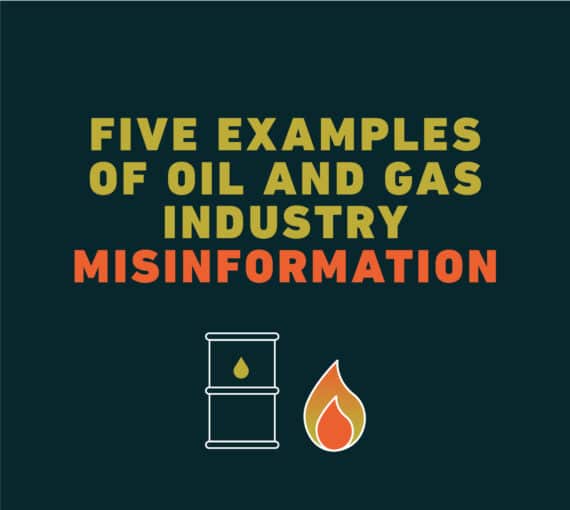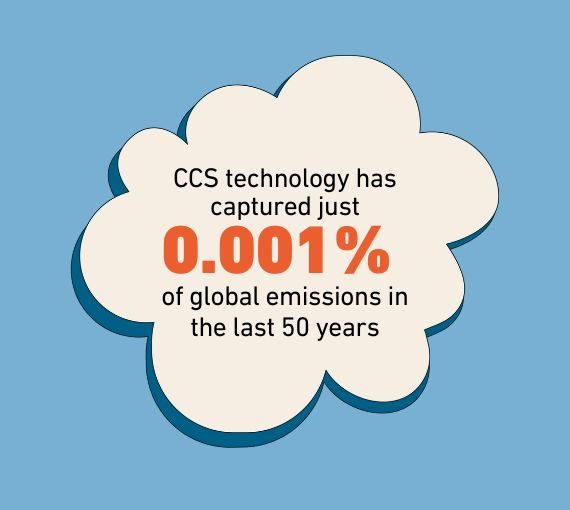
The science that links fossil fuels to climate change and wildfires is clear. However, plenty of misinformation has entered public discourse. We’re here to clear things up. (Photo: Kim MacKinnon via Unsplash)
Canada‘s 2023 wildfire season was the most destructive on record. More than 18-million hectares burned throughout the country from British Columbia to Nova Scotia and forced more than 230,000 people from their homes. Entire communities, including Yellowknife, Sept-Iles and Fort Chipewyan, were evacuated.
The wildfire smoke gave Canada and the U.S. some of the worst air quality on the planet in 2023 and with it, serious health challenges.
The science is clear: burning fossil fuels (coal, oil and gas) is causing hotter, drier conditions, increasing the risk of wildfires in Canada and around the world. There are many questions regarding climate change and wildfires, and there is disinformation spreading about it. We’re here to clear things up.
If wildfires are started by human activities and lightning, how can we attribute them to climate change?
Forest fires can be caused by humans or natural events such as lightning strikes. Ninety-three per cent of the area burned in Canada in 2023 was caused by lightning and seven per cent by human-ignition.
Climate change is at the root of what is making fire seasons more severe. Here’s how it works:
Consider how quickly you can start a bonfire with tinder-dry wood and how much coaxing it takes to get one going when the wood is even slightly damp.
Climate change increases the likeliness of hotter, drier summer conditions that make it easier for fires (regardless of what sparked them) to grow and spread quickly.
So, although humans and lightning often ignite the fires, climate change creates the conditions that make fires more likely and more severe. It’s like climate change is setting the stage for forest fires to happen more often and to become harder to control. That’s part of why it’s so important to address climate change and take steps to prevent and manage forest fires effectively.
Attribution science makes it possible to attribute extreme events to climate change. For example, climate change doubled the likelihood of record-breaking high temperatures, low humidity and rapid disappearance of snow cover — conditions that fuelled wildfires in Eastern Canada in 2023.
What’s the link between climate change and wildfires?
Climate change is making summer heat waves and droughts more frequent, intense and longer-lasting. This is because burning fossil fuels is polluting the atmosphere and increasing global temperatures. These conditions dry out vegetation, making it easier for fires to start and spread quickly. Although climate change creates the conditions for wildfires to start and spread easily, it doesn’t ignite fires on its own.Climate change can also lead to longer fire seasons. Warmer temperatures mean that snow melts earlier in the season, giving vegetation a longer period to dry out and creating more opportunities for fires to ignite and spread.
Wildfires are part of a natural cycle in Canadian forests, but not at the scale and frequency we’ve seen in recent years.
What’s the link between fossil fuels and wildfires?
The link between fossil fuels and wildfires is indirect but significant. Burning coal, oil and gas releases greenhouse gases into the atmosphere. These gases trap heat from the sun, causing the global temperature to rise and creating more extreme and destructive weather and storms.
Burning more fossil fuels emits more greenhouse gases, which intensifies climate change and increases the length and severity of the hot and dry summer conditions that are optimal for forest fires.
Is poor forest management making wildfires worse?
Forestry practices and urban development also contribute to wildfires. Even preventing fires can increase risk because suppressing low-intensity natural fires means more undergrowth, dead trees and other vegetation build up, creating fuel for even larger fires.
Forest industry lobbyists try to advance more logging as a solution to increased wildfires because it removes trees from the forest that could one day burn. In reality, clearcut logging can exacerbate wildfire risk by leaving behind unutilized smaller trees, branches, needles and stumps, which can dry out and contribute to wildfire fuel.
Comprehensive forest management, including Indigenous knowledge and practices, is needed to reduce wildfire risk.
People and planet, NOT polluter profits!
Hold the oil and gas sector accountable for its role in the climate crisis



